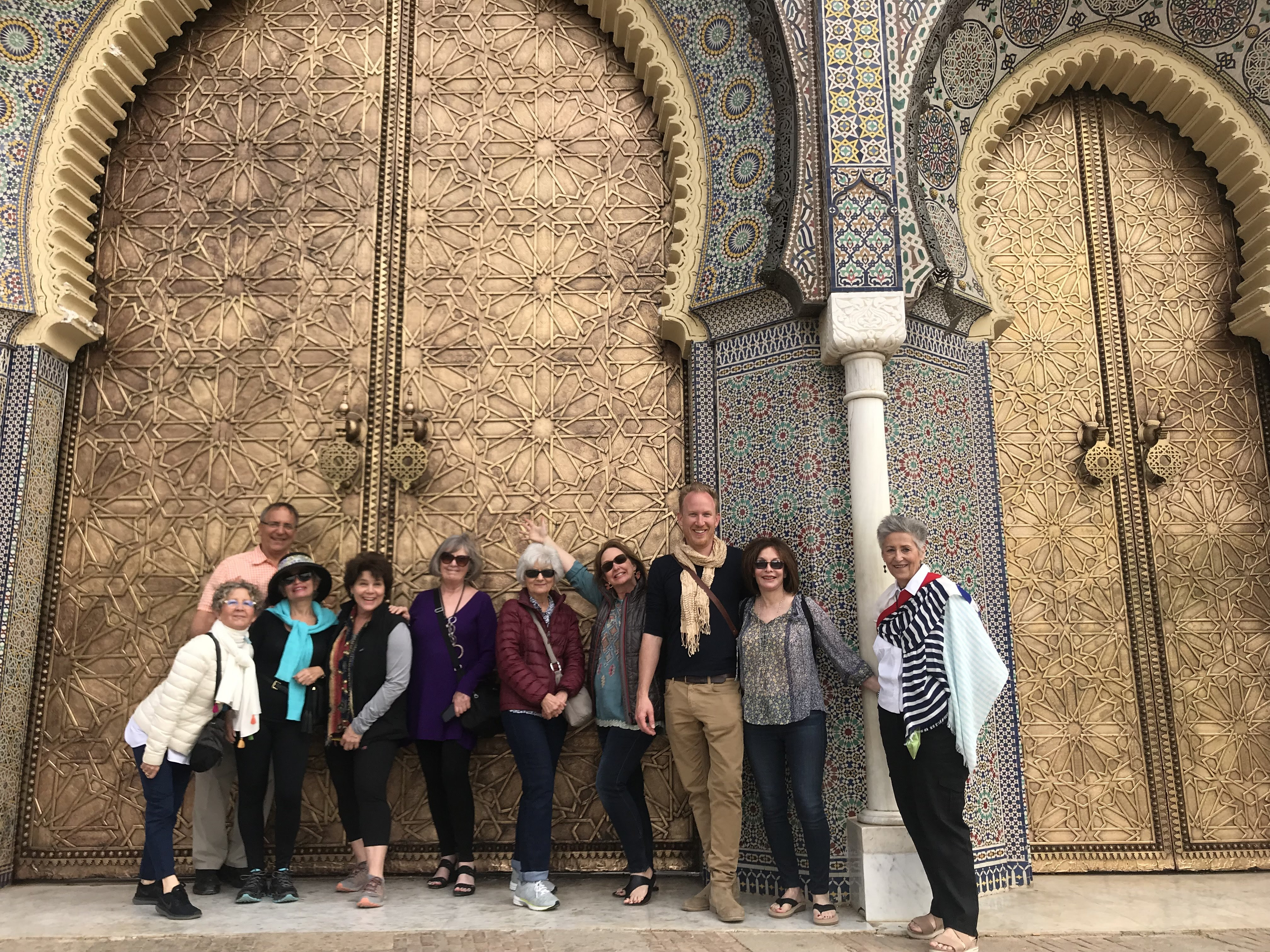|
The Most Beautiful Medieval Towns in Tuscany
|
|
|
|
|
|
|
|
|
|
|
|
|
|
|
|
|
|
|
|
|
|
|
|
|
|
|
|
|
|
|
|
What is my vision for these foodie tours?
 A few years back, I was experiencing a period in life when I felt a strong desire for more female friends. For so many years, my focus was on my child and our family. With her going off to college, I felt the need for a circle of close ‘girlfriends’ who would light a different part of my soul. I also had a love of good food, gourmet cooking, fresh ingredients and travel. I was a foodie at heart who yearned to travel more and learn about a region’s culture through it’s cuisine. So my foodie tours, which I prefer to call ‘adventures’ were born.
A few years back, I was experiencing a period in life when I felt a strong desire for more female friends. For so many years, my focus was on my child and our family. With her going off to college, I felt the need for a circle of close ‘girlfriends’ who would light a different part of my soul. I also had a love of good food, gourmet cooking, fresh ingredients and travel. I was a foodie at heart who yearned to travel more and learn about a region’s culture through it’s cuisine. So my foodie tours, which I prefer to call ‘adventures’ were born.
I wanted to organize tours that had an adventurous and learning element specifically for women. I wanted to provide women with the ability to learn about a location through its local food (and wine, in the case of the Napa tours). At that time, being over 40 and headed in to a ‘new chapter’, this brainstorm propelled me forward to create a travel business niche centered around women 40+ who desire travel, love good food, love learning and discovery of a region. I have found that we women 40+ have new stories to tell…life stories. We have lived at least half of our lives and have many experiences behind us. I think this is called ‘wisdom’. These foodie tours are about sharing our wisdom, if we so choose, and experiencing more together.
So, women 40+ come from many walks of life to these adventures. My focus is on:
- girlfriend getaways
- solo women’s travel
- moms who need a break
- retired women
- a circle of co-workers
- female family members, i.e. mothers and grown daughters, sisters, etc.
One way or another, the Napa and Maine tours are getaways everyone can benefit from, at any point in life. You can count on fun, camaraderie, laughs, learning and sharing. I am there to help you experience all of it so you can relax and enjoy without worrying about the logistics of trip planning. My job is to be sure the tour runs smoothly, as planned, while I use local tour guides to ensure that we learn about the region they know so well.
So ‘pack your fork’, ladies, we are headed for some unique foodie adventures!
































































































































